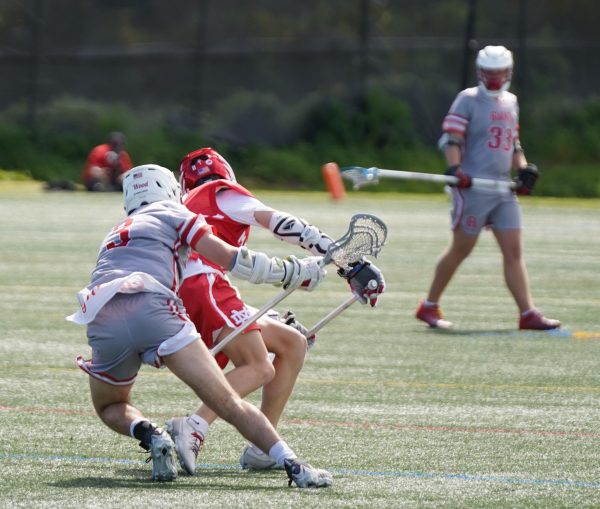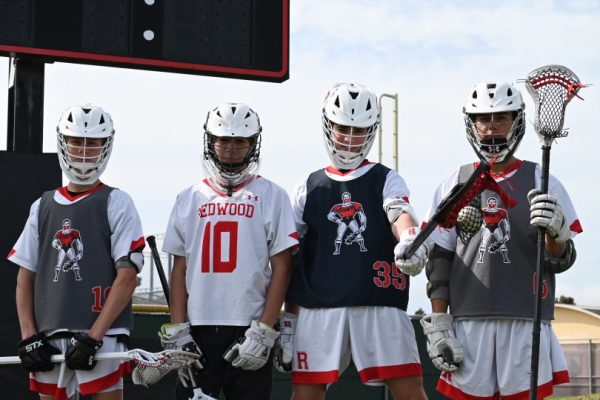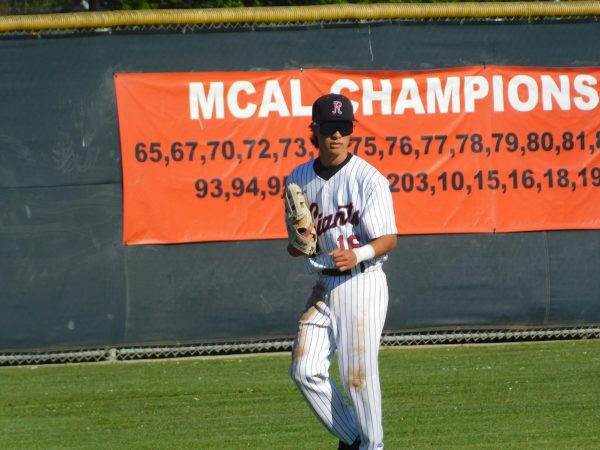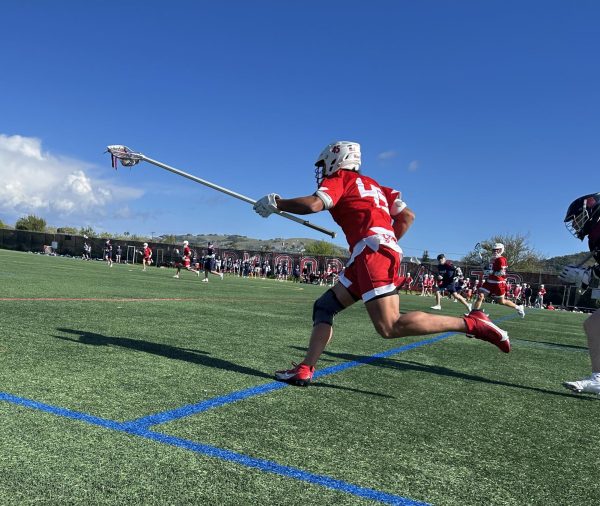Transfers suffer sports suspensions
November 15, 2022
In Marin County, transferring high schools is not uncommon and many students view it as a viable option for themselves. Several reasons may prompt a student to switch schools, which includes searching for a different academic standard or a new environment. In addition, a new school can allow students to make new connections through sports. However, regulations from the California Interscholastic Federation prevents transfer student-athletes from playing for the first half of their respective season the year they transfer.
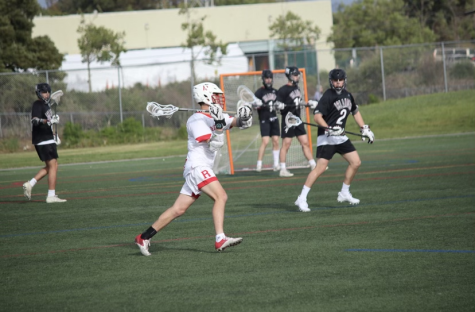
Junior Harrison Curtiss transferred to Redwood from Marin Academy (MA) during the second semester of his sophomore year. Curtiss played lacrosse and basketball at MA, and, after transferring, he was looking forward to joining the lacrosse team and meeting new people.
“I played varsity lacrosse last year for Redwood. Through lacrosse, I quickly made some friends and got to know new people,” Curtiss said.
For Curtiss, playing lacrosse gave him an outlet to meet students with shared interests. However, joining the team after transferring came with many complications. Since Curtiss moved from MA, he was suspended from playing in sports games for the first half of the season. It was a personal decision to switch schools, which means CIF has the ability to suspend him. Due to the possibility of a school attempting to recruit a student, transfer eligibility can be called into question because CIF wants to limit transfers for sports.
“Because I transferred, I could not play in games. It kind of stunk because my chemistry was off with a team when I did come back after not playing in game situations,” Curtiss said.
Being united with your teammates can impact a team’s ability to win Marin County Athletic Leagues (MCALs) or for players attempting to be noticed by colleges. Curtiss has recently started reaching out to college lacrosse coaches in hopes of getting recruited and playing at a collegiate level. Fortunately for Curtiss, he was not suspended during recruitment time. Junior year is significant for many athletes as colleges begin to extend offers and demonstrate an interest in possible recruits.
“I’m currently talking with some Division III schools and soon I’ll be talking with a few Division I schools,” said Curtiss.
Junior BJ Fisher, who transferred to Redwood from Branson this year, has a similar situation to Curtiss. Fisher plays basketball and lacrosse, and will be suspended from playing both sports for the first half of the season. The difference for Fisher is that he will need to sit for part of his junior year, affecting his chance for recruitment.
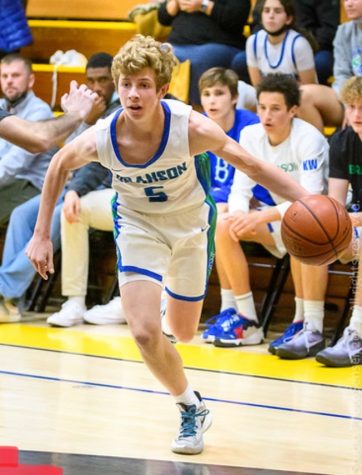
“I haven’t been playing with the team … so sitting out the first five games definitely hurts my standing because the coaches and my teammates don’t get to know me as well as a player,” Fisher said.
Under the current transfer rules, not all students are required to sit out for the first half of the season. For example, new Redwood student and senior, Tulasi Nalluri, is playing varsity volleyball but was not suspended for transferring.
“Since it was a family move for my dad’s job, I was able to play volleyball,” Nalluri said.
Explanations for the change in schools ultimately affects whether or not that student is susceptible to suspension. Students who transfer based on personal choices, such as looking for different academics or the size of a school, can still lead to a suspension. Whereas, people who have more specific reasons for moving, like Nalluri, don’t always have to face those consequences. Playing sports at a new school can be helpful for those trying to get recruited and meeting new people, which is why many people are disappointed by the transfer eligibility rule.







